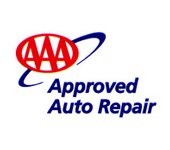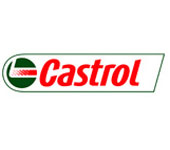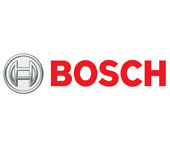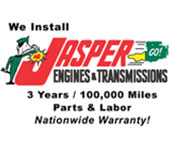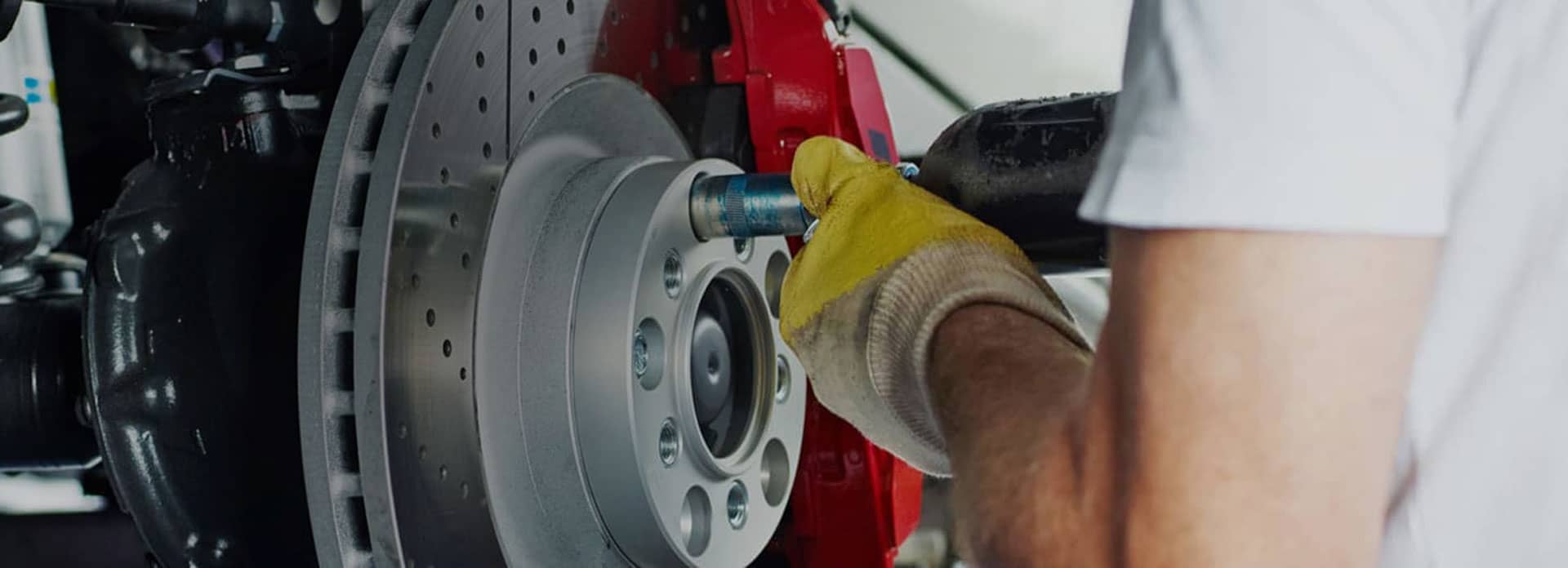
GDI Carbon Cleaning
GDI Car Owner Carbon Cleaning Resource
It Doesn't Take a Lot of Carbon to Affect Your Engine
Carbon build-up on intake valves, intake ports and combustion chambers (also known as "coking") has become a major issue in recent years.
In order to increase fuel efficiency, decrease emissions and achieve better power-to-weight ratio, automotive engineers have predominantly turned to gasoline direct injection (GDI) technology in their designs of engines and engine management systems. This design unfortunately aggravates the tendency of carbon buildup on engine valves and combustion chambers.
The disturbance of flow patterns cause by carbon caking up in the path of airflow can cause a variety of malfunctions, from incorrect injection spray pattern to disruption of the stratified fuel mixture designed and calculated by engineers. Coking could even partially block fuel injector nozzles. Eventually, engine malfunctions are detected by the engine management system as misfires and the engine control module (ECM) sets fault codes or illuminates the malfunction indicator light (MIL).
Cleaning Carbon - The OLD Way
One major carbon cleaning technique in past has been to use a fluid which includes a variety of paint stripper. The fluid is injected into the running engine and the stripper loosens carbon and break it up. It is hoped that the carbon chunks thus created flush through into the exhaust system.
Unfortunately, loose carbon chunks can cause spark plug or fuel injector damage. Once the carbon arrives in the catalytic converters, it can cause damage or blockage to the catalyst elements.
Using this technique, only about 16 oz of liquid is used in a 20 minute period. This is not enough liquid to do an effective job because it results in removal of only about 30% of the carbon. Using more liquid can potentially result in hydraulic lock of the engine.
Cleaning Carbon - The ATS Way
The ATS 3C solution is to use a chemical that dissolves the carbon. A computerized machine delivers 48 oz of solvent chemical in aerosol form to the engine intake very rapidly. Up to 80% of the carbon is thus melted off. Once the carbon is dissolved, accelerants in the chemical mixture aid in burning the carbon so it does not contaminate or damage the catalytic converter.
The unique delivery system and high volume of solvent chemical remove carbon rapidly and efficiently and eliminate the possibility of engine hydraulic lock.
Why Carbon Cleaning?
Removing coked up carbon from your engine innards results in a higher efficiency engine, smoother operation and elimination of malfunctions and damage. The ATS system makes it possible to return your engine to its original specifications, thus ensuring longevity and satisfaction.

OUR REVIEWS

 Electrical Services, near Monroe Township, NJ
Electrical Services, near Monroe Township, NJMaureen B, 01/26/2023I got the best service! DJ was beyond helpful. Every step was explained, he worked so hard to negotiate with my warranty insurance co., he answered all my questions, filled me in on what stage the repair was in and why. I believe their service is trustworthy, honest and efficient. Highly recommended.
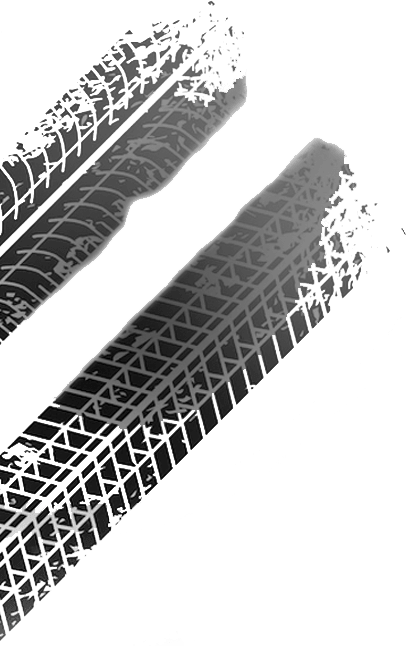
Get free Coupons
Take advantage of these great offers!







